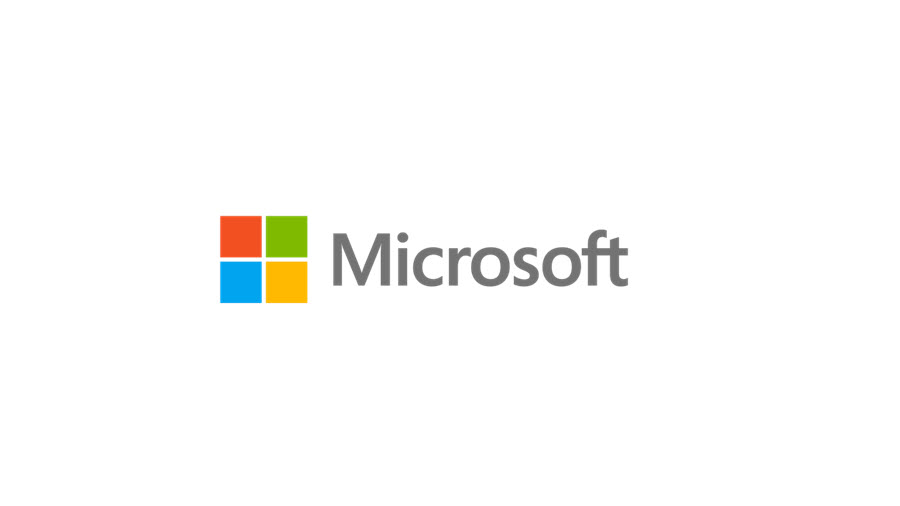Microsoft Pushes for First Adjacent Channels
NAB continues to argue for technical distancing

Microsoft and the National Association of Broadcasters continue to be poles apart on how much "white space" between TV channels the FCC should open up for unlicensed uses like portable internet access devices.
Microsoft told the FCC in comments that while it is not now, nor does it plan ever, to be a broadband provider itself, it said the FCC should not hold back its many ISP partners with "overly conservative" technical rules.
NAB and Microsoft agreed on a number of changes to the FCC's white spaces regime, which the FCC has proposed adopting. But the commission also sought comment on the one issue on which they still strongly disagree, which is how close together on the broadcast spectrum the FCC should allow TV stations and those devices should operate.
In its comments earlier this month, NAB remained firm in its opposition to allowing the devices to operate on channels right next door: "[T]he Commission should not allow higher power operations on first-adjacent channels to TV operations," it told the commission. "There has not been a single development in white spaces deployments or technology that would warrant revisiting the relevant rules at this time."
Microsoft saw it 180 degrees differently: [T]he Commission should enable network operators to use fixed white spaces devices at higher power levels on first-adjacent channels to broadcasters," it said, citing numerous tests it conducted on both ATSC 1.0 and ATSC 3.0 signals.
Microsoft suggested that in the "real world," the adjacent channels can be used without harmful interference to broadcasters.
Broadcasting & Cable Newsletter
The smarter way to stay on top of broadcasting and cable industry. Sign up below
Contributing editor John Eggerton has been an editor and/or writer on media regulation, legislation and policy for over four decades, including covering the FCC, FTC, Congress, the major media trade associations, and the federal courts. In addition to Multichannel News and Broadcasting + Cable, his work has appeared in Radio World, TV Technology, TV Fax, This Week in Consumer Electronics, Variety and the Encyclopedia Britannica.

